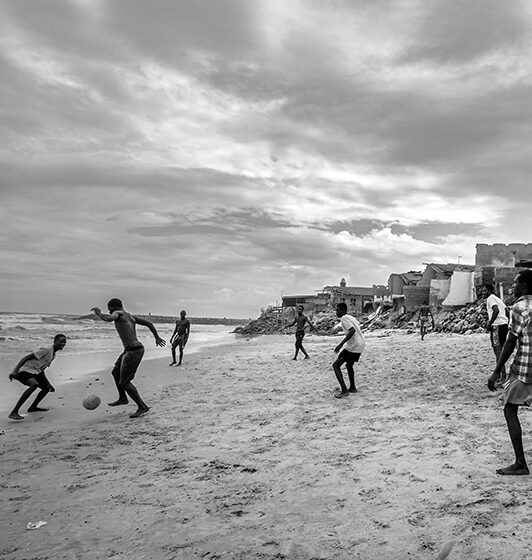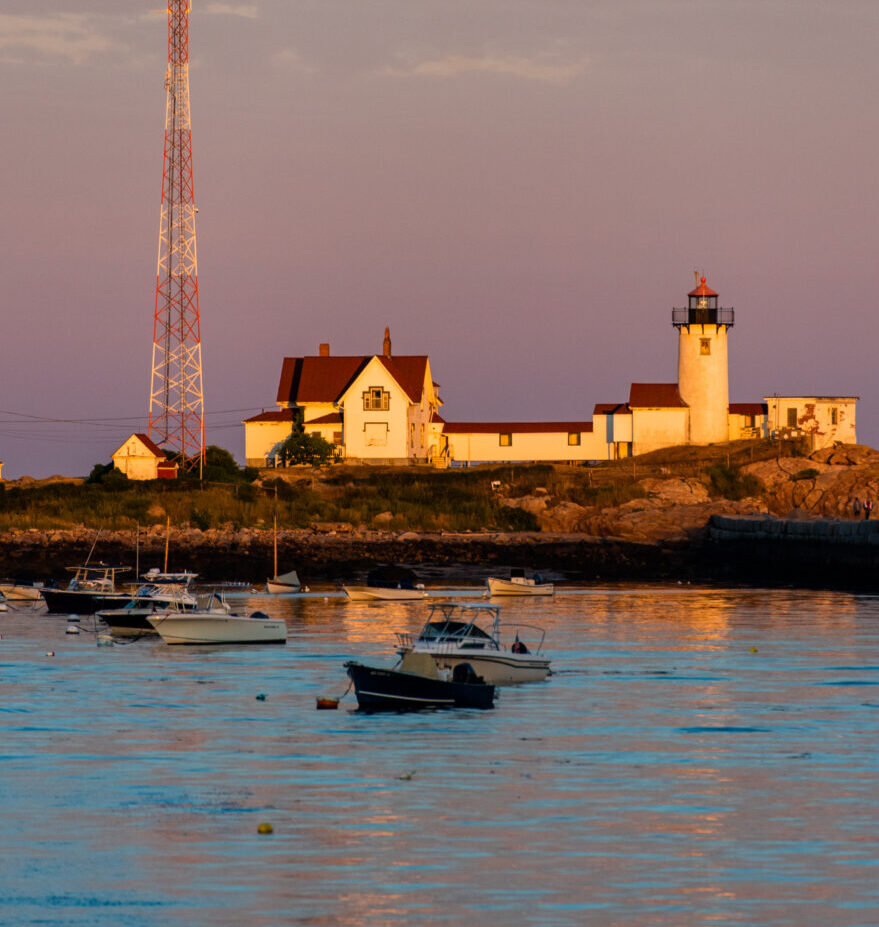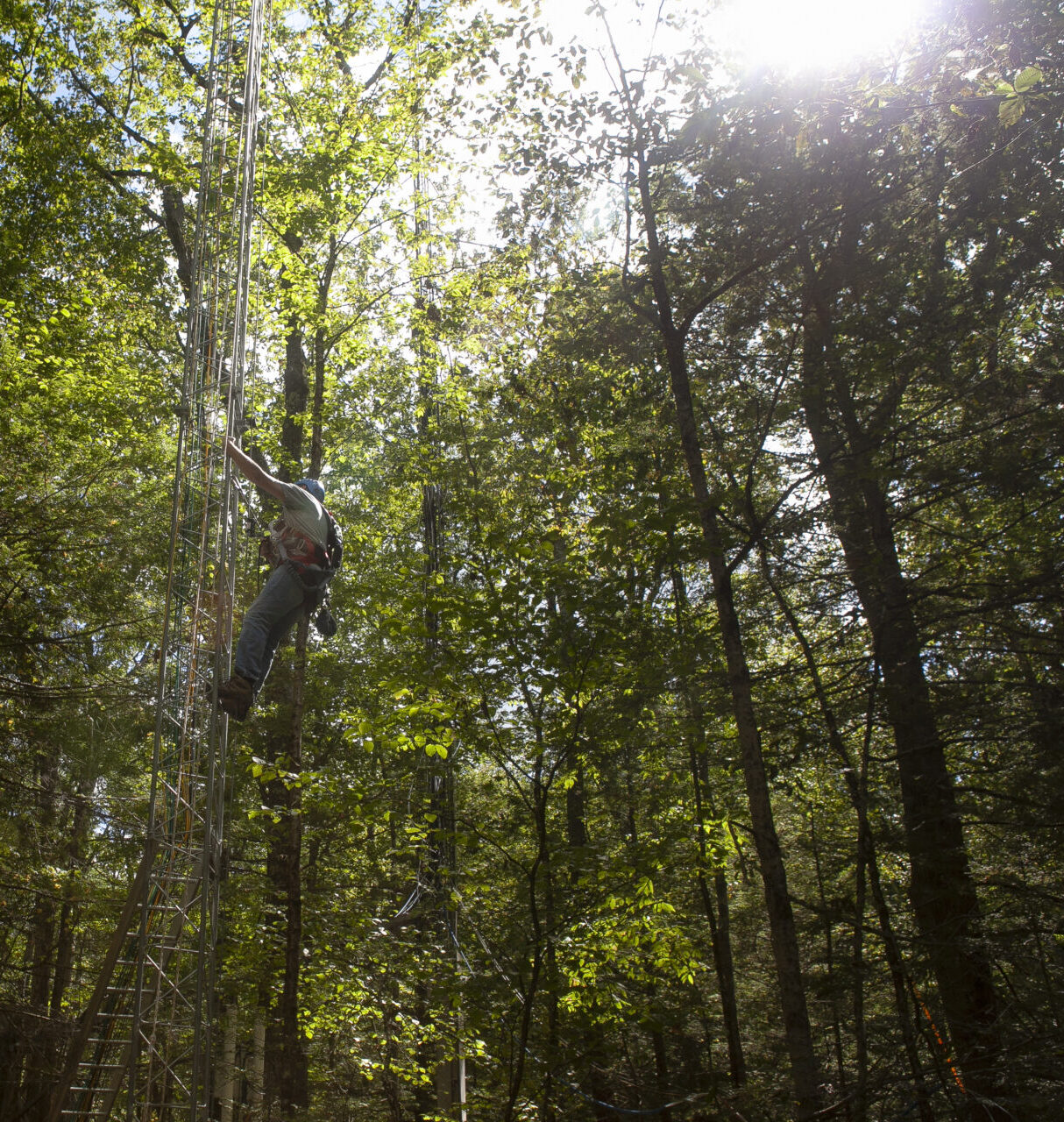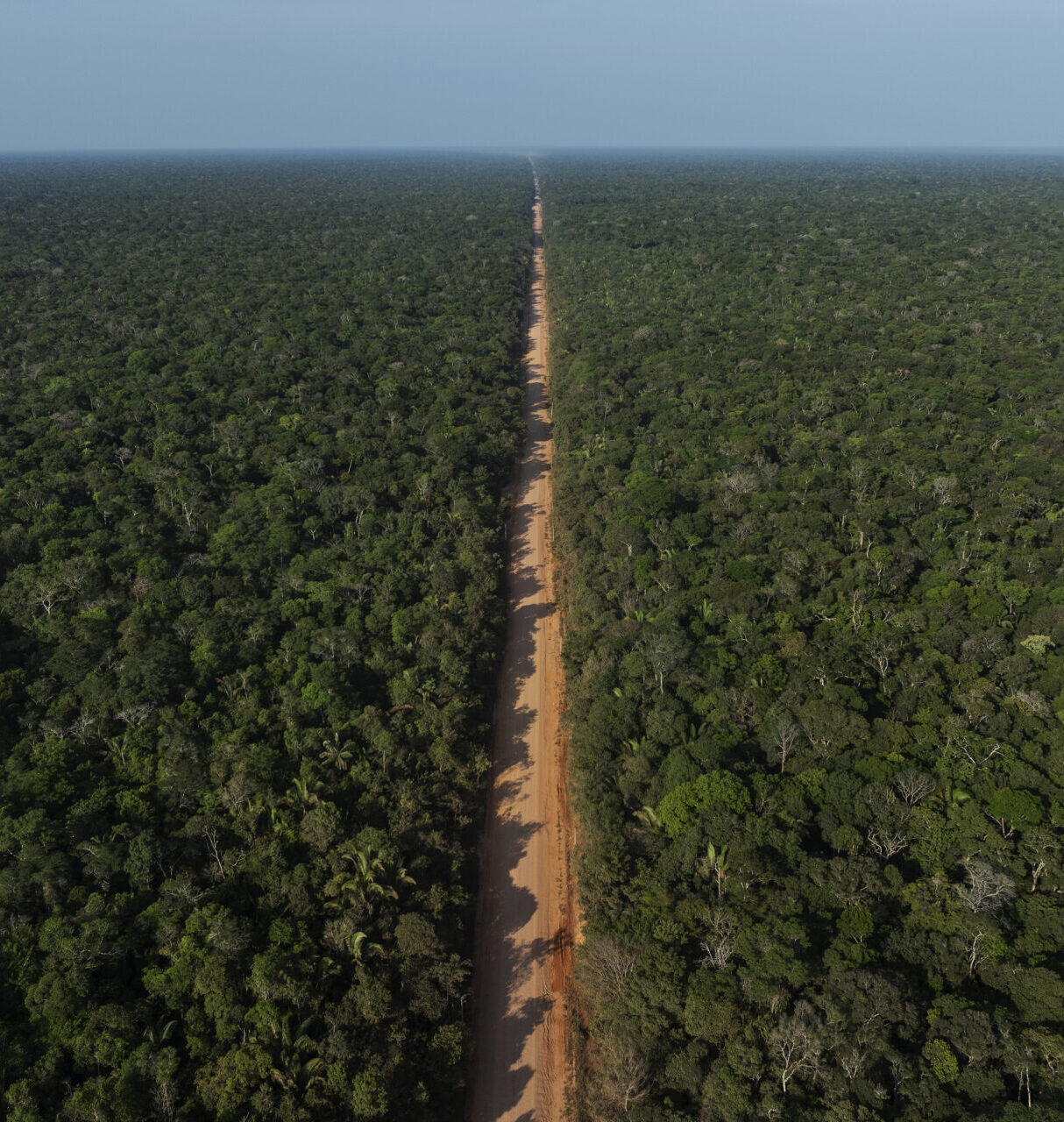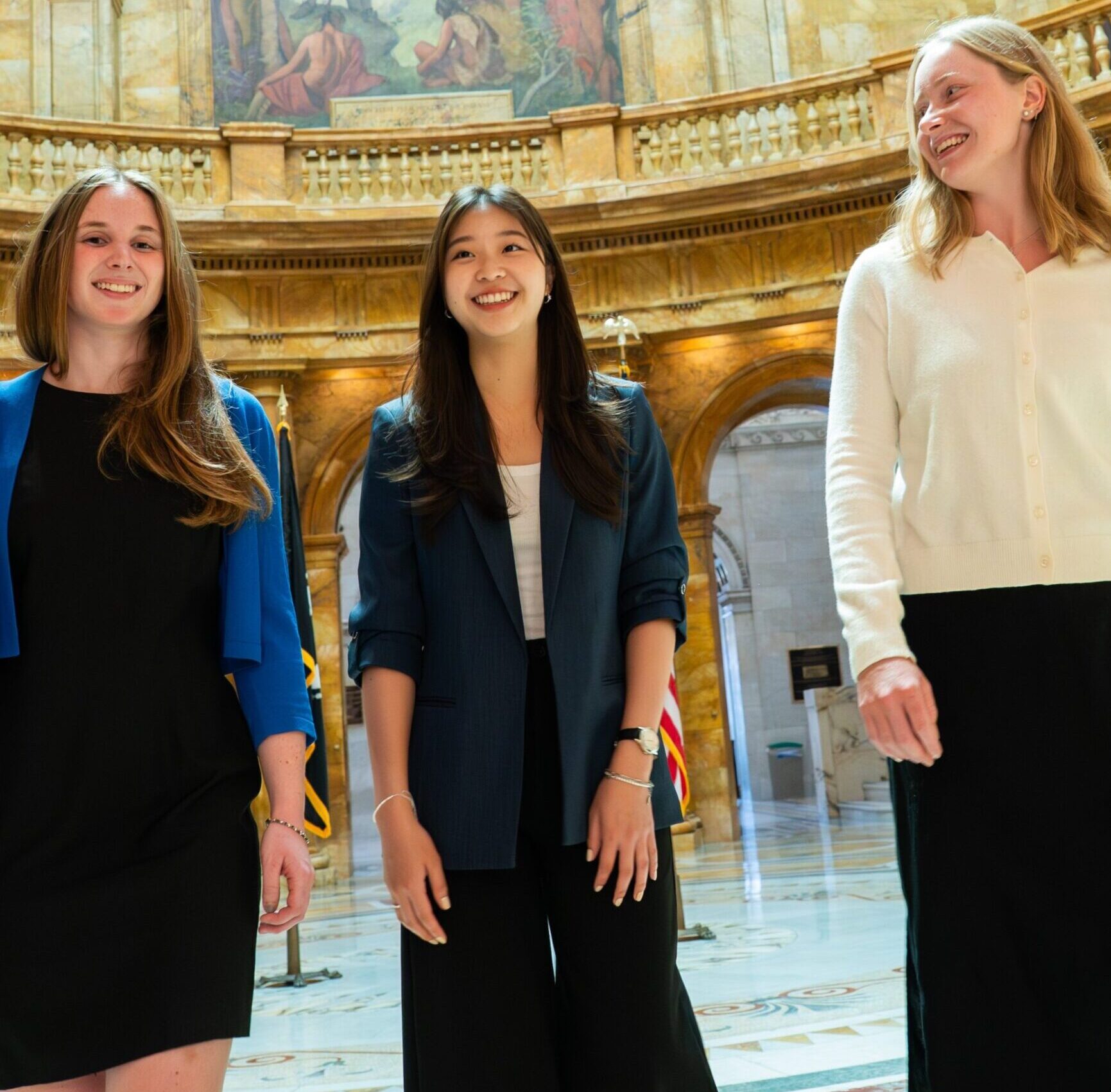How to pay for climate adaptation in Africa
Climate adaptation saves lives – and money.
By improving soil health, restoring a canal, or planting mangroves, communities can enhance resilience against the increasingly frequent natural disasters accompanying human-caused climate change.
But adaptations have upfront costs.
In Africa, governments, multilateral lenders, and aid agencies are nowhere close to meeting the need. The Rotterdam-based Global Center on Adaptation says the continent needs a tenfold increase in adaptation spending to $100 billion annually. Today, 17 of the 20 countries most threatened by climate change are in Africa, as are 12 of the 20 countries least prepared, according to the Notre Dame Global Adaptation Initiative.
Steering capital to finance adaptations is the focus of research by John Macomber, a Senior Lecturer at Harvard Business School and Faculty Chair of the HBS Africa Research Center.
“There’s a huge amount of private capital on the sidelines,” said Macomber at a March 21 climate research workshop hosted by the Salata Institute’s Climate Adaptation in the Gulf of Guinea research cluster. “We are investigating how to fund adaptation by tapping global investments such as the $130 trillion global capital and fixed-income market, most of which earns real yields of 2-3 percent. Ideally some of this could move into bankable adaptation projects.”
The impacts of climate change are so massive, and potentially so costly if unaddressed, that spending on adaptation is often cheaper than doing nothing. Indeed, a growing number of private firms are incorporating climate risks in their investment strategies as they calculate cost-benefits and focus on their bottom lines.
Consider Cape Town-based Woolworths, which has supermarkets in 11 African countries. Such a large buyer of food constantly monitors supply-chain risks, which have increased with more frequent droughts and floods.
“Woolworth’s self-interest says, ‘We must have tomatoes to sell in our stores, we must have corn.’ So, they are investing a lot in helping farmers change seeds, improve their soil, grow more adaptable species,” said Macomber, citing research he is doing with Kuria Kamau of the HBS Africa Research Center.
Another example is Diageo, a British multinational alcohol producer with breweries in Ghana, Kenya, and South Africa. Diageo buys grains and other ingredients across the continent.
“It can’t make beer without barley and hops and malt and all that stuff,” said Macomber, explaining how the firm is piloting a project to spend over half a million dollars monitoring the impact of water and climate crises on African smallholder farms. “Because this works in their self-interest, the company can raise capital for these expenses. It can borrow on a project-specific basis or borrow from the bank on a general obligation basis, just the way a company could borrow to upgrade its equipment.”
Not every adaptation will be commercially viable, however. There is still a need for aid agencies and multilateral lenders to work with communities and governments to prepare for climate disasters.
“Investors will cherry-pick the deals that make sense to them. That has huge social justice implications,” Macomber said.
To ensure multinationals are not the only entities that can afford to adapt, his team is looking at packaging adaptation solutions for investors: How to channel capital through bankable investments such as bonds? How to privately finance services that benefit society at large?
The first hurdle, he believes, is explaining the avoided future costs – of climate disasters, of infectious diseases that accompany flooding, of famine caused by drought.
To explain this in language investors will understand, Macomber suggests imagining future cash flows and the savings reaped from investing in adaptation: Rehabilitating a canal might prevent costly damage during a future flood, for example.
Pointing at a graph showing a stable future cash flow, he then shows the cash flow declining as disasters mount: “The baseline that you expected isn’t going to exist; things are going to get worse. Your cash flow or other benefit is going down.”
By investing now, the immediate cash flow will fall. But the cost of disasters in the years ahead – the hit to cash flow – will be moderated by today’s investments.
“That’s extremely hard to explain to people, because you’re talking about the avoided cost of a future event that might or might not happen,” Macomber said. “My premise is that as bad events become more and more evident, as the climate situation deteriorates, this tradeoff becomes increasingly attractive.”

